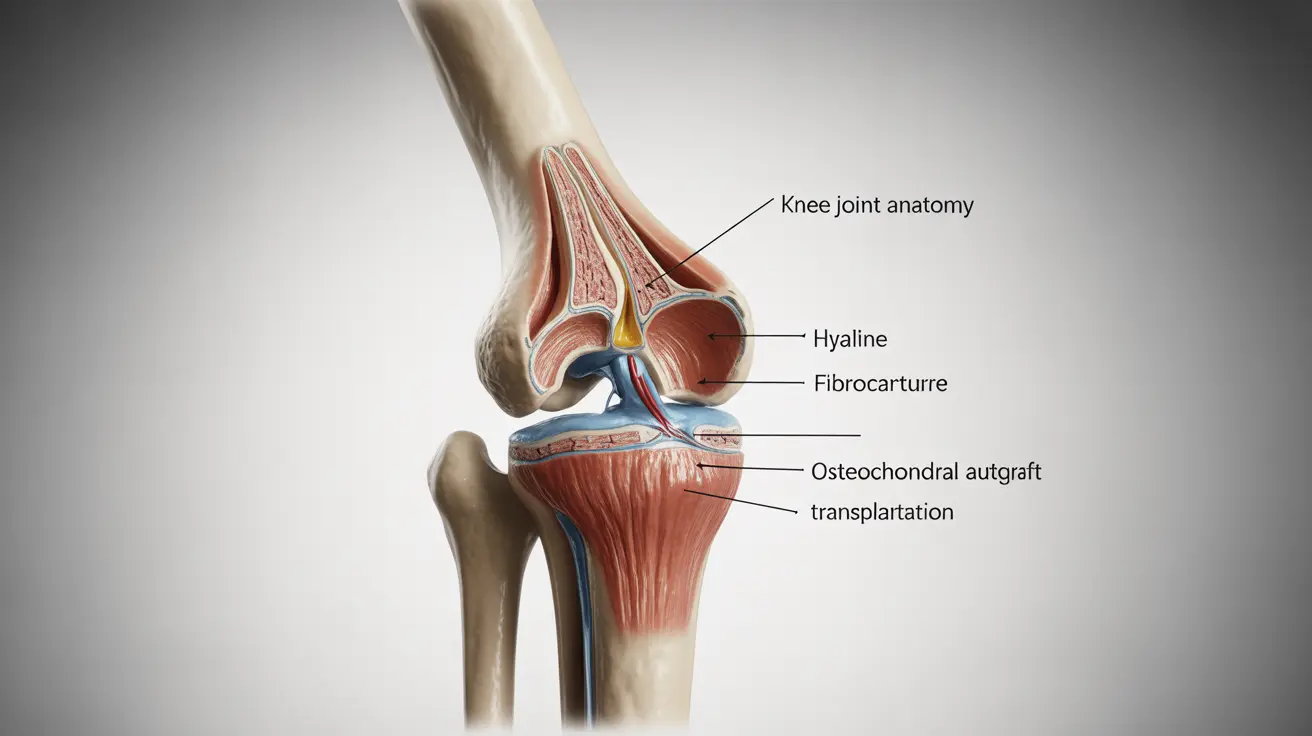At-home blood testing kits are revolutionizing the healthcare industry by bringing convenience and accurate health monitoring directly to consumers. These kits enable individuals to collect their samples, mail them to specialized labs, and receive detailed results through an online platform.
- Convenience: One of the significant advantages of at-home blood testing is the convenience it provides. Busy professionals and individuals with mobility constraints can now easily conduct essential health tests from the comfort of their homes, saving time and reducing the hassle of lab appointments.
- Accuracy: Modern at-home blood testing kits are designed to be as accurate as traditional lab tests. They utilize advanced technology and rigorous quality control processes to ensure the reliability of results. However, it is essential to follow the instructions meticulously to obtain accurate readings.
- Health Monitoring: These kits cover a broad range of tests, from basic cholesterol levels to more specific markers like thyroid function and vitamin deficiencies. They enable continuous health monitoring, helping individuals keep track of crucial health metrics over time and make informed healthcare decisions.
- Comparison with Traditional Labs: While traditional laboratory tests are administered by healthcare professionals, at-home testing kits provide comparable accuracy for most routine tests. The main difference lies in the convenience and privacy of at-home tests, although complex or urgent conditions may still necessitate professional lab visits.
The increasing adoption of at-home blood testing kits demonstrates a shift in healthcare dynamics, emphasizing patient empowerment and accessible health monitoring for better disease prevention and management.
Recommended Tests:
- Hemoglobin A1c (HbA1c) Blood Test: This test measures the average blood sugar levels over the past two to three months, crucial for managing diabetes and prediabetes.
Hemoglobin A1c (HbA1c) Blood Test - Lipid Profile (Cholesterol) Test: An essential test for evaluating cardiovascular health by measuring total cholesterol, LDL, HDL, and triglycerides.
Cholesterol Test




